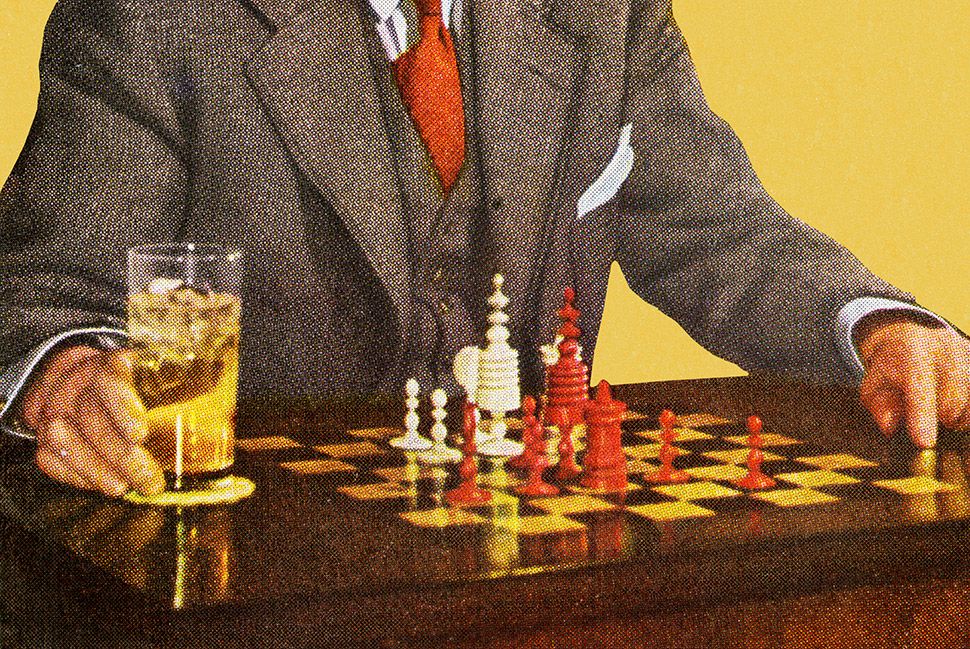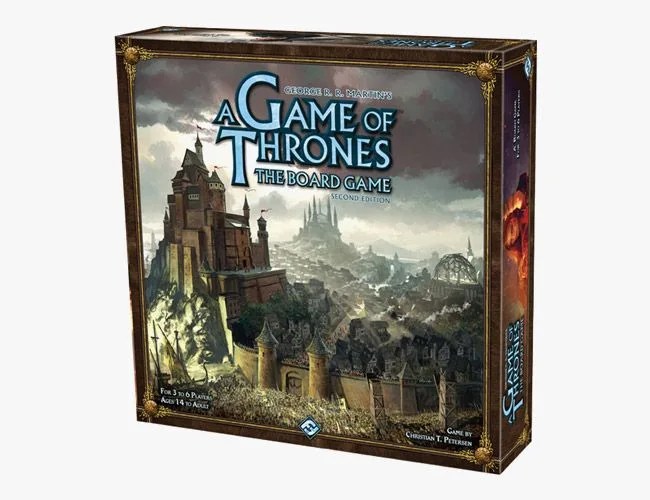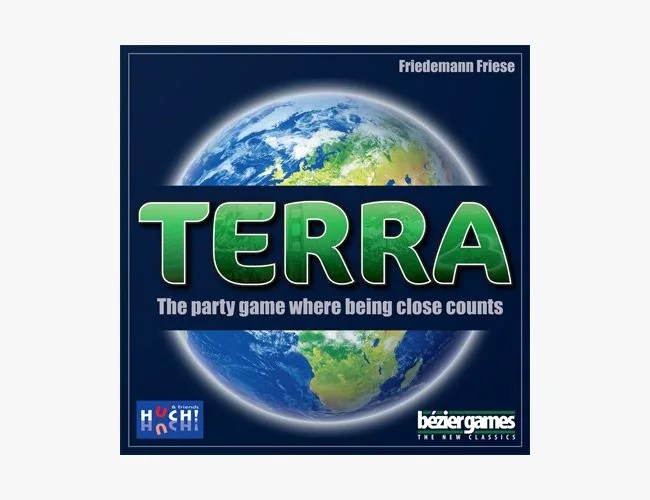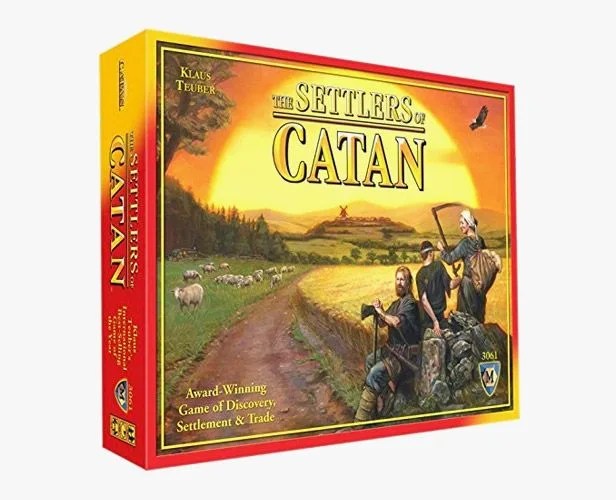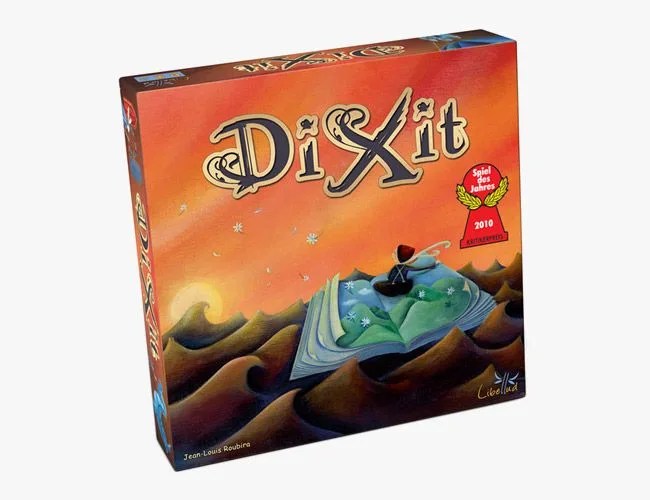There are two main teams: the villagers and the werewolves. Everyone is dealt one card face down. The remaining three are put in the center, also face down. Everyone views their card, places it back in front of them and then closes their eyes. The “night actions” begin. One by one, certain players open their eyes and take their turn: they view another player’s card, trade another card for their own, switch two players’ cards. Then everyone “wakes up” and opens their eyes. First they must find out if they are now part of the village, or part of the werewolves. Then they vote to kill the werewolf, or protect themselves.
So goes One Night Ultimate Werewolf, a social deduction game created by Ted Alspach that has sold more games than all of the others games from his production company, Bezier Games, combined. “Working on One Night Ultimate Werewolf, one month into testing, something clicked and people just got it,” said Alspach. The one “something” that ignited the game, he said, was the addition of a new level of randomness and disruption to the game. The players now had to find out which team they were on before they could play to win. It’s the type of game with mass appeal because everyone wants to be the smartest guy in the room — but maybe more importantly, it only takes 10 minutes to play. Only problem is, like most board games made in the last few years, many have never heard of it.
When people think of board games, they think of The Game of Life, Monopoly and Risk. These games were all developed in the 1960s or before, but still loom large in the toy section of every Target and Walmart. “They put a lot of money into those brands to put them on the shelves. Hasbro continues to market them, and they spend more money than any other board game company,” said Alspach. “If we got to reset right now, those games wouldn’t exist without the history and the marketing.”
A study completed by FiveThirtyEight of the ranking system of Board Game Geek, considered the authority on board game reviews, found that we are currently in the golden age of board games. The last decade has seen some of the most highly rated games being produced; most striking, games like Monopoly that are some of the most popular, are actually some of the worst, containing broken gameplay structures that have been fixed by other games for decades. But these classic games persist because everyone, regardless of age, knows how to play them. When families are headed out for a vacation or old friends are getting together, they are the most readily available. We found seven board games released in the last five years that have gotten great reviews, but aren’t as financially successful as the old classics.
One Night Ultimate Werewolf Daybreak
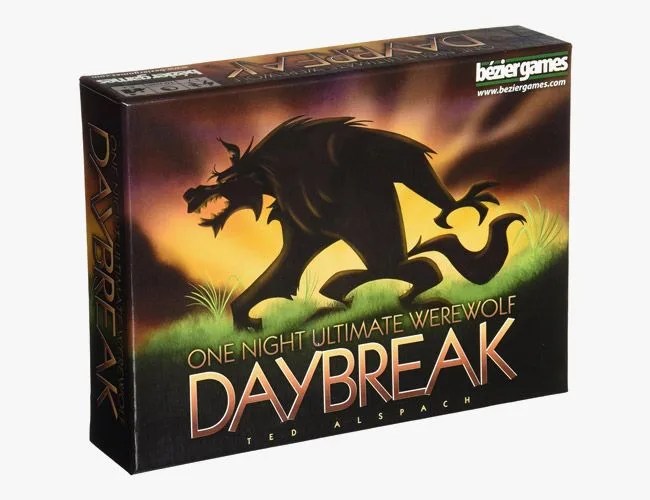
Best Party Game: Modeled from The Resistance, the game assigns players a role that they carry out during the “night,” when all other players have their eyes closed. In the morning it’s up to everyone to sort out the truth and eliminate the werewolves.
Number of Players: 8+
Game Duration: 10 minutes
Alternative:The Resistance: Avalon or Two Rooms and a Boom
